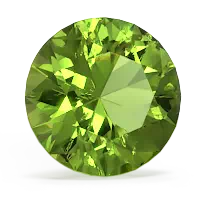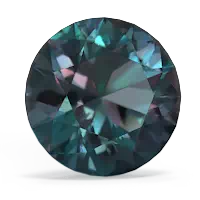


A pair of peridot earrings sparkle by day, and remain brilliant at night. The Romans called peridot the “evening emerald†whose vibrant green color remained visible by lamplight. A pair of tanzanite earrings makes for an unforgettable gift. A rare and precious gem, tanzanite is sure to please. A pair of created alexandrite earrings is like two gifts in one. Blue-green by day, and purple-red by night, the color change of this gem is sure to please.